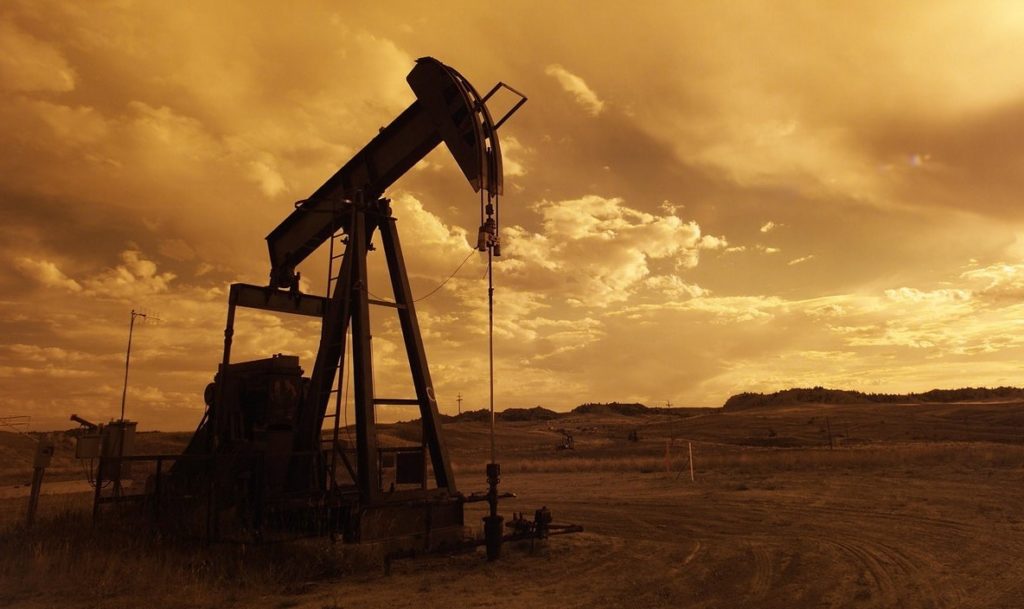Media’s Perspective on Fracking

Hydraulic fracking causes both great excitement and concern among supporters and non-supporters. It opens the door to economic prosperity and the promise of energy stability and independence from foreign oil. But while this door opens, another one closes for environmental groups and concerned citizens who fear the ecological and environmental impact that fracking could present. TV, radio, print media, and scientific journals are important sources in addressing everyday issues, but how reliable and accurate are these sources when it comes to examining fracking?
Each media outlet targets a specific audience, and who that audience is determines how the outlet reports the pros and cons of hydraulic fracking. For instance, Pew Research reports that 74% of consistent conservatives express positive views of Fox News Channel, and 73% of consistent liberals reflect negative views of Fox News Channel (PEW). Fox News viewers want to hear (how/that) fracking can boost the economy and American’s independence from foreign oil. For example, 2008 recession hurt some states, such as California and Florida, more than others, oil-producing states such as Texas were least affected by the recession. Television news on the recession validates the importance of fracking on people’s security and social well-being. The general public lacks the knowledge and tools to disseminate information; TV and radio transform complex data and language into an entertaining and simple form. This power differential highlights the importance of spreading awareness of media bias regarding fracking.
Print media is no different from radio and television: all are biased, and they target certain audiences. Information is tailored to entertain and attract viewers. Print media cannot rely as heavily dazzling optical displays to keep their audience as television sources do. Their audiences tend to be older and educated, with established mindsets on issues concerning fracking and the environment. An article by the New York Times, “The Fracking of Pennsylvania,” presents success stories of Marcella’s well in Pennsylvania and distressing stories of fracking implication on nearby residents’ health and surrounding environments. Names of companies were rarely mentioned in “The fracking of Pennsylvania” due to potential lawsuits.
Many oil and gas companies and government agencies are big sponsors on research and development; they decide what gets published and what does not.
Scientific journals maybe the least biased of the two information outlets, television and newspaper; however, depending on who is sponsoring the research, the information being published may not be as sincere as it appears. Many oil and gas companies and government agencies are big sponsors on research and development; they decide what gets published and what does not. From 1949 to 1999, the expenditures for U.S. energy research and development (R&D) shows how the U.S. spent $110 billion on R&D: 59% nuclear energy, 23% fossil fuels, 11% renewable, 7% energy efficiency (Botkin & Keller 356). The article “Is Japanese government ‘squelching’ efforts to research Fukushima radiation?” shows the lack of funding from the Japanese government on environmental assessments. However, trillions of yen were spent removing radioactive soil from the area. The Fukushima incident illustrates how big corporations and government influence the flow of information to coincide with their agendas. Unlike print media and television who are more concerned about ratings and popularity, scientific journals are concerned with facts and addressing both sides of the issues. Regardless of who their audiences are and the topic’s popularity, scientific journals still get published.

Scientific journals and print media, to some degree, allow readers to process and analyze information, and make decisions on their own. In contrast, television and radio news generally manipulate the data to their own advantage, influencing viewers’ decisions and making decisions for them. In spite of the drawbacks, television news draws people’s attention and can lead to increased involvement in social issues and changes. What can the scientific community do to minimize bias and the flow of inaccurate information to the public? The general public is intimidated by and does not understand or have access to scientific literature, which is why many people turn to radio and television. The scientific community needs to provide other forms of information outlets that are more accessible and easy to process by the public. Social media, such as YouTube and Facebook, are great tools in attracting audiences. The costs and benefits of hydraulic fracking remain controversial for many people. When the scientific community and the media truly work together to generate information free of bias, people’s interest and decisions are better reflected.
